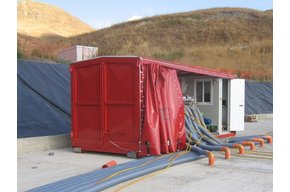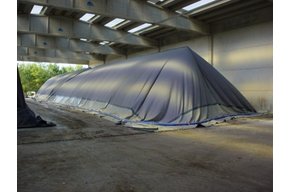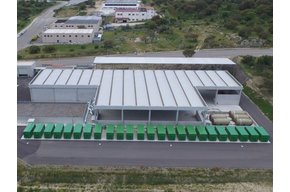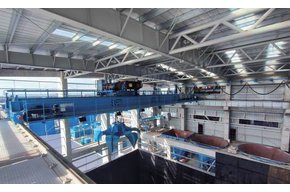MBT waste biostabilization
Mechanical biological treatment (MBT) for biostabilization purposes is aimed at reducing the environmental impact of the putrescible waste in the unsorted litter brought to the waste landfill sites.
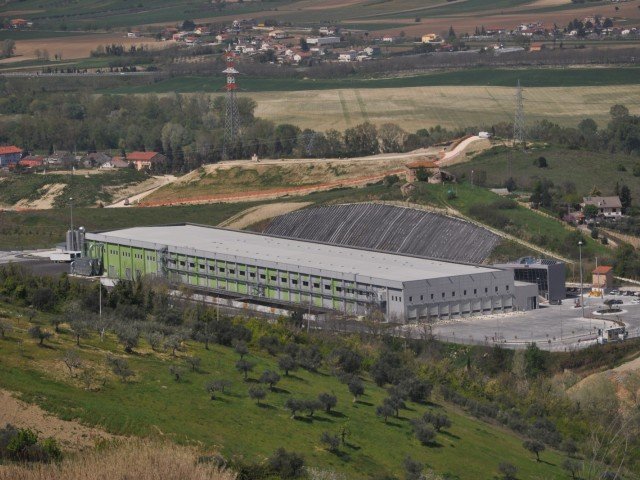
Mechanical biological treatment (MBT) for biostabilization purposes is aimed at reducing the environmental impact of the putrescible waste in the unsorted litter brought to the waste burial sites.
Organic waste, when brought to waste burial sites, produces significant amounts of leachate and methane. All this, even at sanitized waste burial sites, has an extremely serious impact on the environment. Mechanical biological treatment (MBT) for the biostabilization purposes is aimed at reducing the environmental impact of the putrescible waste contained in the unsorted litter brought to the waste burial sites. This, in its turn, will reduce the greenhouse gas emissions and leachate formation.
CHARACTERISTICS
Depending on capacity, the process can be based on two different approaches characterized by the different configurations of the mechanical and biological processing phases:
A more traditional two-flow system in which lighter fraction is selected from incoming waste mechanically, the flow being divided into wet fraction (bottom sieve) sent for biostabilization and dry fraction with high-calorific value (top layer) that can be additionally mechanically ground (with or without biodisperse fraction) in order to produce solid recovered fuel (SRF).
A simplified one-flow system in which all the material is first biologically stabilized and then sifted and cleaned according to the process needs and the end user requirements.
PRINCIPLES
The main principles of the biodegradation technologies are:
- forced and controlled aeration of the source materials in order to accelerate biooxidation;
- facilitation of the natural aerobic decomposition process through the use of additional fully automated reliable industrial process that is continuously controlled by artificial intelligence-based software;
- performing any waste management activities in an enclosed space, which prevents odours from entering the environment;
- purification from odours thanks to the well-established natural biofilter (odour suppression efficiency exceeds 99%);
- focus on plant long-term reliability and performance based on selection of the best electrical and mechanical components.
EFFECTIVE BUSINESS SOLUTION
Thanks to the combination of the low energy consumption and high degree of automation, biological stabilization ensures:
- use of innovations on an industrial scale
- reliability and reduction of the labour costs
- low energy consumption
- easy use and easy maintenance
ENVIRONMENTAL BENEFITS OF THIS RECYCLING METHOD
Biological stabilization has several instant benefits:
- prevents odour emissions and reduces methane emissions into the atmosphere: biological stabilization ensures a reduction in the impact of the waste burial sites on the environment, providing a real and tangible decrease of CO2 emissions into atmosphere and leachate formation, decrease of the mass and volume of the waste brought to the waste burial sites, as well as reduction of transportation expenses;
- reduces the mass and volume of the waste subject to recycling;
- enables energy recovery through production of solid recovered fuel (SRF);
- guarantees the healthiest and the safest working conditions possible and minimal impact on the environment: the process takes place in completely enclosed premises under pressure lower than atmospheric pressure. It also allows to limit the operator’s exposure to dirty air, dust and other pollutants.
